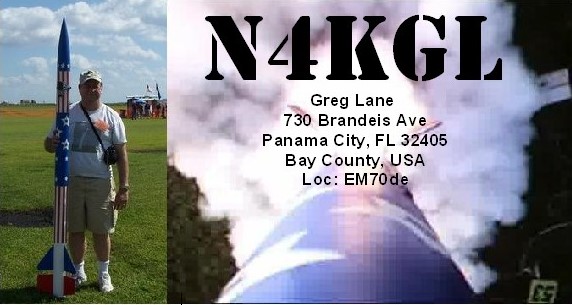Background: Rapid Deployment Amateur Radio, or RaDAR, was conceived by Eddie Leighton ZS6BNE in South Africa. Eddie has promoted RaDAR for many years. Eddie still sees value in RaDAR but has terminated the RaDAR Challenge rules as of 2023. I am introducing the RaDAR Rally event on the first Saturday of April and November. The RaDAR Rally rules streamline RaDAR contacts and minimize administrative effort.
RaDAR Rally Rules:
Dates: The first Saturday of April and November
Time: Choose a four-hour operating period during the UTC day. RaDAR groups.io is available to announce your outing and coordinate with other RaDAR operators. Note that the four-hour duration creates an urgency that demands optimized equipment and operating strategies.
Where: You may choose any venue where you can legally and safely operate. Parks are a natural choice. RaDAR can be combined with Parks on the Air, POTA. You may also be interested in the POTA Roving Award.
Goal: RaDAR encourages a challenging and rewarding portable operating experience by promoting the rapid deployment of your station and physical exercise while moving between deployments.
Deployment & Movement: RaDAR deployments are at fixed locations of your choice. Your movement between deployments must be non-motorized, such as walking, bicycling, canoeing, or similar conveyances. Mixed conveyances for an outing are allowed. The minimum distance for walking or canoeing is one kilometer, and bicycling is two kilometers. You must make at least five contacts to move to the next deployment. A deployment location can be reused during an outing.
Contact Exchange: If you call CQ RaDAR, the exchange is both station's signal report and location. RaDAR to RaDAR contacts will exchange a maidenhead grid square of at least eight digits. If you are hunting contacts, the called station's activity determines the exchange. You may work a station on multiple bands/modes at a deployment location and work them again on another deployment. You can use any means to spot your activity.
Bands and Modes: All amateur bands and modes are allowed except terrestrial repeaters.
Scoring: The QSO points are three for RaDAR to RaDAR contacts and one for others. Up to five contacts count at a deployment' The number of deployments within four hours after your first contact is used as a multiplier. The final score equals the total QSO points times the number of deployments. The last deployment must have at least one contact. Your score is for your satisfaction and monitoring improvement. Please share your experience on social media, including RaDAR groups.io.
Logging: A log should be kept, but it is unnecessary to be submitted. You may use the online RaDAR Log to share your activity.
Point of Contact: Questions or comments can be directed to Greg Lane N4KGL; my email is good on QRZ.com.

